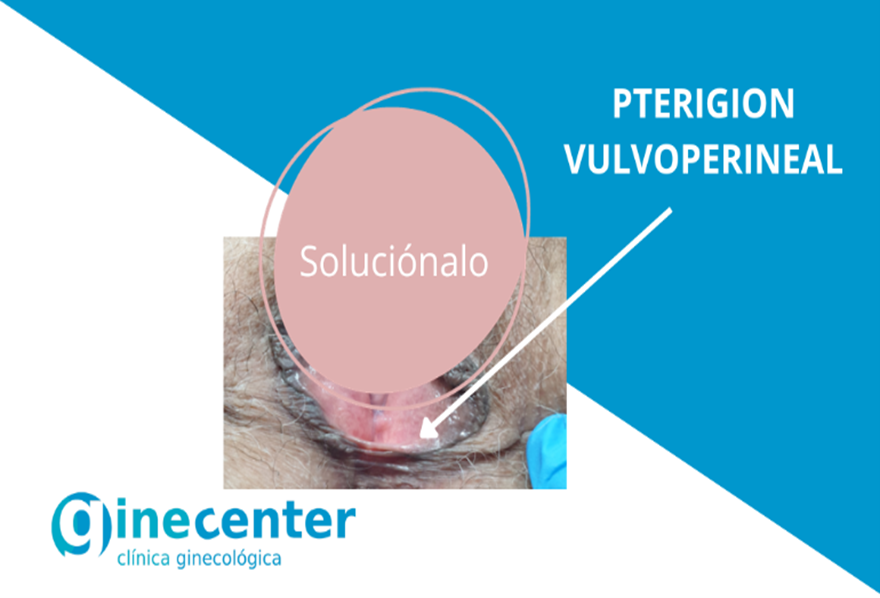From the moment we become pregnant, we look after ourselves in order to protect our baby and to physically feel as good as possible.
We take care of our nutrition, sport, and physical health… from that moment on everything revolves around our pregnancy and preparing childbirth in the best way possible.
When our baby is born, we completely forget about ourselves. Breastfeeding, feeling tired, sleepless nights... and we don’t take any time for ourselves.
Not all mothers go through the same type of postpartum. Some recover quickly and have all their energy back in a short space of time, while others require a bit longer, although the general feeling of tiredness is experienced by pretty much every mother, both physically and mentally.
A first visit to the doctor usually takes place around 15 to 20 days after giving birth, with a follow-up at around 40 days. If after these visits everything is deemed to be alright, regular gynaecological appointments then become the norm again.
But what how about all the other changes that our body goes through after experiencing pregnancy and childbirth?
Firstly, it is important to have the pelvic floor examined and have a thorough overall physical health check.
This includes women who have given birth via a caesarean section.
The main recommendation for the best possible recovery is to start physical exercise as soon as possible. This will help to keep the body active, recover our weight, make us feel good physically, and generally help us relax and keep our mind fresh.
It is important that we do this with our doctor’s approval and always gradually, depending on the type of childbirth we have had and in accordance with how we are recovering.
Bear in mind that not all types of exercise are appropriate during this stage, as some may damage our pelvic floor which is already weakened after pregnancy and childbirth. There are many exercises that are recommended, however mild walks are the best way for us to start moving.
It is therefore important to be well informed about the different stages of childbirth, understand how to prepare a pregnant body for delivery, and be ready to know what comes after having given birth.
The reality is usually totally different from the concept that we originally had in mind and can throw us off course as well as strain the relationship with our partner.
There are various situations what we need to be aware of, including:
- After-pains: these are painful uterine cramps. They occur mainly in the first few days after having given birth.
- Vaginal discharge or lochia: when the placenta detaches itself from the uterine mucosa, an open lesion is left behind which takes around 6 weeks to heal. This lesion is the cause of vaginal bleeding. The use of tampons should be avoided, showers should be taken instead of baths and no sexual relations involving penetration should be had while the bleeding is present.
- Postnatal depression: after childbirth we go through a series of hormonal changes, causing us to be very emotional for a few days, at times uncontrollably. This should only last for a few days. If the emotions become worse instead of improving, we should seek specialist medical advice.
- Pelvic floor: is usually weakened
Hyperlaxity can also occur (a sensation of decreased vaginal tightness), as well as dryness and reduced lubrication, all due to the hormonal changes that take place during pregnancy and the postpartum period.
It is important to act as soon as possible at this stage, especially in terms of firming up the strength of the vaginal walls as this could lead to unwanted consequences such as reduced sensitivity during sexual relations.
Why does this happen?
Because of a decrease in oestrogen levels that our body experiences during pregnancy and after childbirth.
How can it be corrected?
After the first six weeks have passed (also known as the “cuarentena”) and all lesions have healed, we should visit a gynaecologist who will evaluate the need for rehabilitation of the pelvic floor.
To improve vaginal hyperlaxity, we should strengthen and tone up the vaginal walls.
At present, the use of a gynaecological laser is a recommended treatment option for patients. The treatment consists of applying thermal energy using a device that is inserted into the vagina and delivers heat, thereby stimulating the fibroblasts, the cells responsible producing collagen, and achieves a firming effect of the vaginal walls.
The treatment last for around 20 minutes, without the need for anaesthesia, and allows for an immediate return to our daily activities. The number of sessions will vary from patient to patient.
Looking after ourselves is equally important as looking after our new-born. A mother that takes care of herself ultimately also means a healthy and happy baby.


